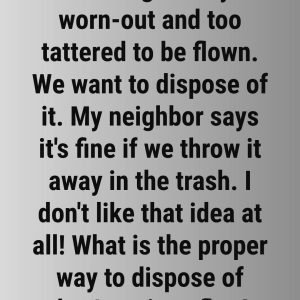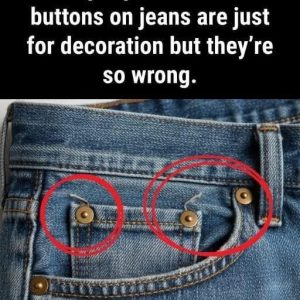Okay, so here’s how this started. I was driving past one of those endless, never-actually-empty cornfields the other day—you know the ones, where it just goes and goes, like maybe there’s a secret village in the middle. And I’m staring out the window thinking: why is that corn… taller? Duller? Just… different? It didn’t look like the kind I pick up at the market. You know, the stuff that gets wrapped in plastic or piled up in a bin next to watermelon.
Turns out, not all corn is meant for dinner. Or humans, actually.
The Corn That’s Not for Us
So the corn in those massive fields? That’s field corn. Sometimes called dent corn, or feed corn. Which makes sense, because it’s mostly for—yep—feeding livestock. Also, weirdly, for making things like corn syrup and ethanol and cereal flakes. I mean, technically we do eat it, just not straight off the cob like we do with sweet corn. You’d chip a tooth trying.
Field corn’s harvested late—when the kernels are all dried out and starch-packed. That starch gets turned into stuff like cornmeal or, you know, fuel. Literal fuel. So, yeah, it’s basically the industrial version of corn.
Then There’s the Good Stuff (Sorry, Cows)Now, sweet corn? That’s what you boil or grill or just eat raw if you’re feeling chaotic at a summer BBQ. It’s picked earlier, when the kernels are still soft and full of sugar—hence the name. Honestly, if you’ve ever eaten it with your hands and had butter dripping down your wrist, you know. It’s the one that actually tastes like food.
We eat sweet corn like a vegetable, even though—technically—it’s a grain. But whatever. It works





